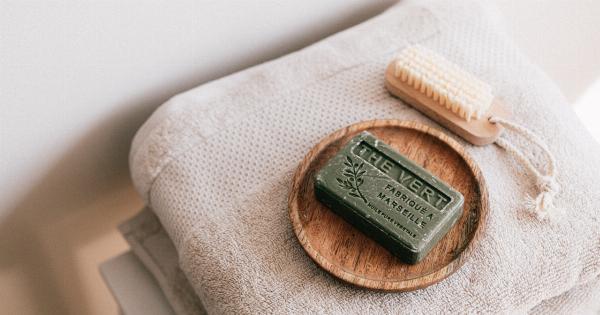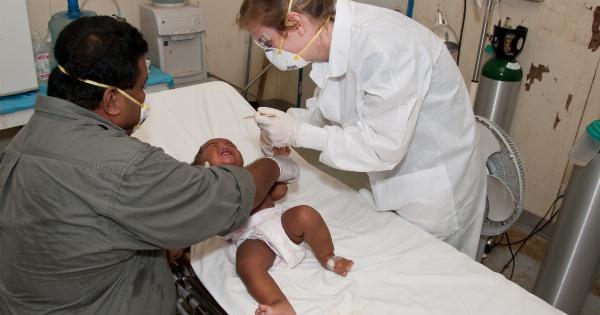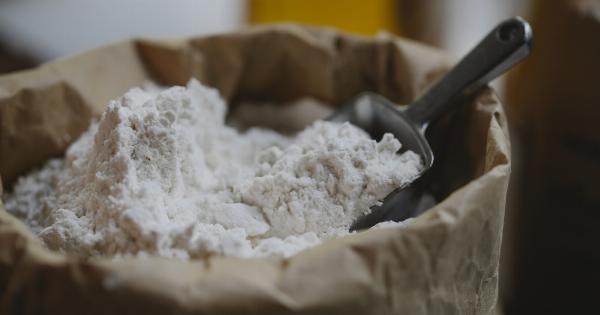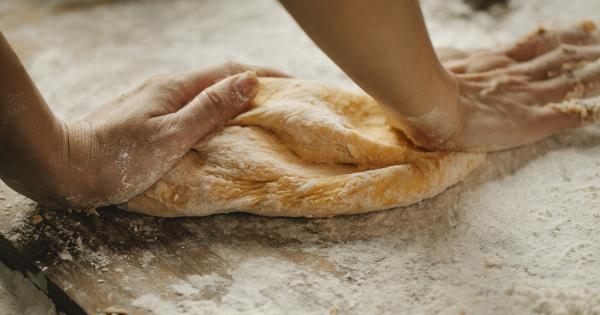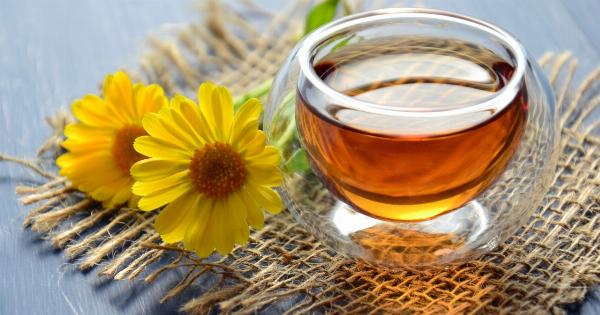Summer is here, and that means it’s time to hit the beach and pool! However, before you dive in, it’s essential to be aware of the potential dangers that lurk in these areas.
Sand and pool areas are known to harbor a wide variety of bacteria and germs that can cause serious health problems. In this article, we’ll be discussing the four most dangerous germs that you need to be aware of.
1. E. coli
E. coli is a type of bacteria that is commonly found in the intestines of humans and animals. While some strains of E. coli are harmless, others can cause serious illness. If you accidentally ingest E.
coli, you could experience symptoms such as diarrhea, nausea, and vomiting. In severe cases, E. coli can lead to kidney failure.
E. coli can be found in sand and pool areas due to contaminated water. If someone with E. coli gets into the pool, the water can become contaminated, putting everyone else at risk.
Similarly, if an animal defecates in the sand, it can lead to the presence of E. coli.
2. Cryptosporidium
Cryptosporidium is a parasite that can cause a severe gastrointestinal illness known as cryptosporidiosis. The parasite can be found in contaminated water, including swimming pools and hot tubs.
The symptoms of cryptosporidiosis include diarrhea, stomach cramps, and dehydration.
While cryptosporidium is relatively rare, it can be challenging to get rid of once it’s in a swimming pool. The parasite has a protective outer shell that makes it resistant to traditional pool chemicals.
It can survive in water for up to 10 days, making it easy to spread from person to person.
3. Shigella
Shigella is a type of bacteria that can cause a severe form of diarrhea known as shigellosis. The bacteria can be found in contaminated water and can survive in sand for up to a week.
The symptoms of shigellosis include diarrhea, fever, and stomach cramps.
Shigella is highly contagious, making it easy to spread in public pools and beaches. If someone with shigellosis gets into the pool, they can contaminate the water, putting everyone else at risk.
Similarly, if someone with shigellosis defecates in the sand, it can lead to the presence of Shigella.
4. Echovirus
Echovirus is a type of virus that can cause a variety of symptoms, including rash, fever, and respiratory illness. The virus is highly contagious and can be spread through contaminated water.
Echovirus can survive in sand and other materials for up to a month.
If someone with echovirus gets into the pool, they can contaminate the water, spreading the virus to other swimmers. Similarly, if someone with echovirus touches contaminated sand and then touches their face, they can easily become infected.
How to Stay Safe
Now that you know about the four dangerous germs that can be found in sand and pool areas, it’s essential to take steps to protect yourself. Here are a few tips:.
1. Shower Before You Swim
Before you swim, take a quick shower to wash off any bacteria or germs that may be on your skin. This can help prevent the spread of germs in the water.
2. Don’t Swallow the Water
Try not to swallow the water, as this can lead to the ingestion of harmful bacteria and germs. If you do accidentally swallow the water, be sure to spit it out and rinse your mouth with fresh water.
3. Stay Out of the Water if You’re Sick
If you’re feeling under the weather, it’s best to avoid the pool or beach. You don’t want to risk spreading your illness to others.
4. Wash Your Hands
It’s essential to wash your hands frequently to prevent the spread of germs. If you’re spending time at the beach, make sure to bring hand sanitizer with you.
5. Don’t Pee in the Pool
While it may seem like a quick solution, peeing in the pool can contaminate the water and spread harmful bacteria and germs. Encourage others to follow proper pool etiquette and make sure to use the restroom before getting into the pool.
Conclusion
Sand and pool areas can be a lot of fun, but they can also be dangerous. By being aware of the potential dangers and taking steps to protect yourself, you can enjoy your time at the beach or pool without worrying about getting sick.
















